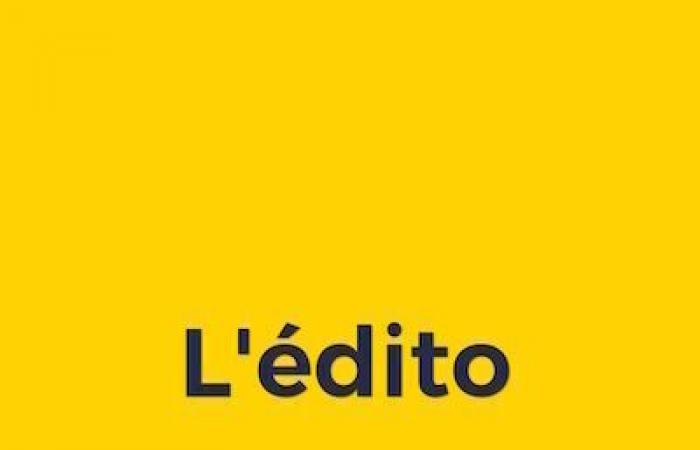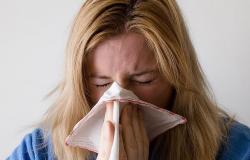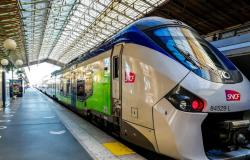
All he would have to do is use his right of veto for the agreement to return to legal limbo. But the member countries of the European Union, in favor of ratifying the treaty (Germany and Spain in particular), could certainly circumvent the French right of veto by splitting the agreement, separating a commercial part on the one hand, and a political party on the other hand in order to speed up the process. The vote would be submitted to the Council of the European Union and validated by qualified majority. If it imposed its veto now, France would risk putting itself in difficulty with the other EU member states, both economically and politically.
The risk of loss of influence for France: positioning its pawns well within Europe
At least that’s what President Emmanuel Macron suggested on November 17 in Buenos Aires: “ Paris will not sign as is “. By this, he insinuates that France will oppose the agreement as long as adequate standards are not imposed. It also opens a breach for those who wish to block the agreement and bring other countries on board. Although France is firmly opposed to the ratification of the treaty, it seeks alliances and is cautious, because it knows itself to be very isolated within the Union.
To prevent the commercial part of a possible split from being accepted and provisionally applied like CETA (agreement with Canada), France must constitute a blocking minority with 4 countries representing 35% of the EU population. For the moment, it can only count on Poland and Italy. Ireland and Austria have expressed reservations but prefer not to reveal their cards too early, at the risk of losing influence later. These alliances must form before the split proposal arrives (at high speed).
Is it lost in advance?
With the European Union also isolated in a tense global geopolitical context, there is – for now – little chance that the agreement will not be ratified. France therefore hopes to impose guarantees to protect its agriculture, particularly with regard to its environmental and health standards. She wants to put in place strict mirror clauses. In this context, we understand better why France does not block immediately. Mercosur is no, or with conditions.
Remember that in the event of a split, France cannot impose its right of veto on the commercial part. But there remains a small hope that the agreement will be presented in its entirety without a split. France could then oppose ratification alone.
It is a real legal, strategic and diplomatic imbroglio. For once, the agricultural demonstrations could work in France's favor, as a means of pressure. “Look what’s happening at my house; I have no choice; expect the same at home.”
Brazil takes the lion's share
The race for ratification and the consequences for our agriculture take center stage. But lurking in the shadows, Brazil is rubbing its hands. Indeed, the country is both a member of Mercosur (South American economic bloc founded in 1991 including Argentina, Brazil, Paraguay and Uruguay and represents more than 80% of South American GDP), but also a member of BRICS+ (Brazil, Russia, India, China, South Africa as well as the United Arab Emirates, Egypt, Ethiopia and Iran), representing around 26% of global GDP.
As the world's second largest exporter of agricultural and agri-food products, Brazil would be the big winner if the treaty is ratified in December. It would thus benefit from privileged exchanges with the European Union, in addition to those with the Mercosur and BRICS+ countries.
In addition, Russia announced at the end of October in Kazan the development of a privileged grain exchange platform between its member countries (BRICS+) where Brazil would exercise a strong influence thanks to its agricultural power. A sort of common market therefore. Therefore, Brazil would be on all fronts to export its products.
However, it is unlikely that Russia will view this rapprochement between Brazil and the European Union favorably. It could interpret this economic strengthening as a significant rapprochement with the West. Brazil would then become the point of balance between West and East, between mediation and ambiguity.





